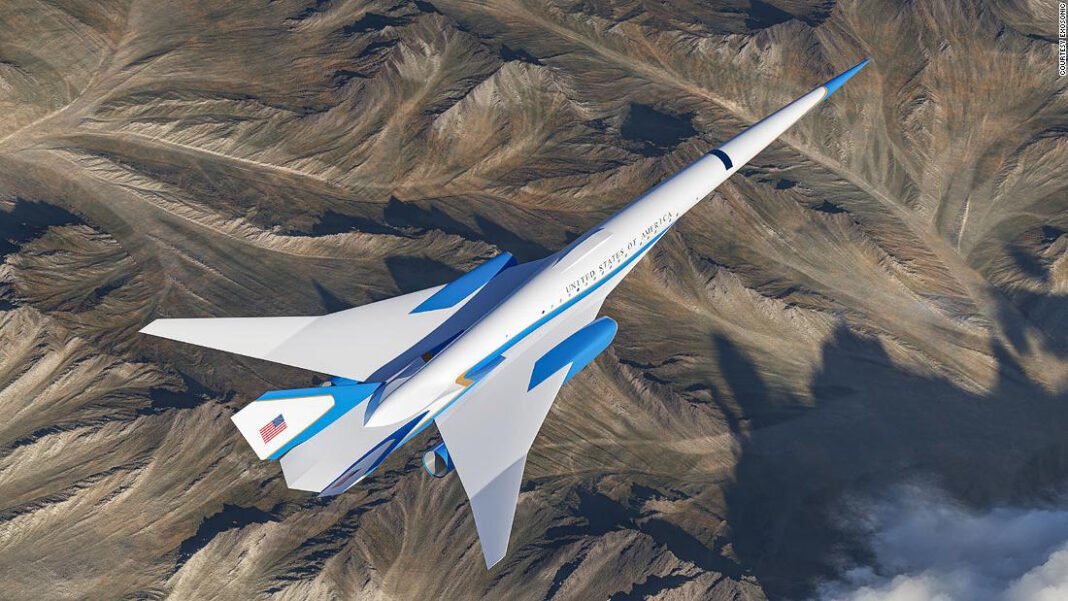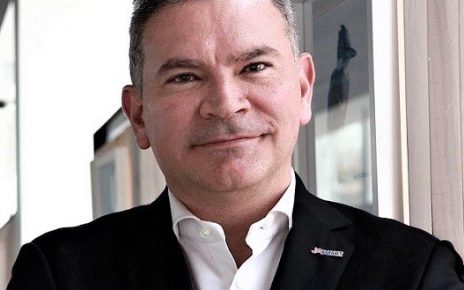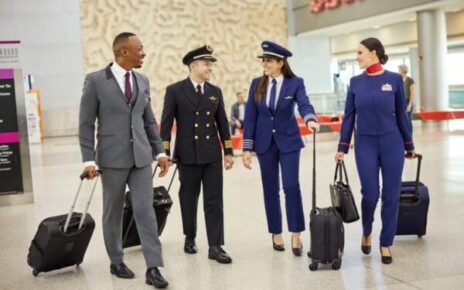Made by Exosonic, the project includes luxury cabins and a technology that allows it to fly over built-up areas
- Concord had gone out of service in 2003
- US is thinking of another leap forward: supersonic Air Force One
- Air Force One guarantees a range of five thousand nautical miles or 9,260 kilometers
Back in the 1970s it took just three hours to get from London to New York. It takes eight hours today. Back in the 70s it was made possible by the supersonic aircraft, the only western commercial aircraft that passed the sound barrier – the Concorde The Soviets also had the Tupolev Tu-144 supersonic passenger jet, appropriately nicknamed Concordski.
Concord had gone out of service in 2003 (the Soviet/Russian Tu-144 – in 1998).. But now the United States is thinking of another leap forward: supersonic Air Force One.
US aviation experts expect the twin engines of the supersonic Air Force One to deliver a maximum speed of Mach1.8, roughly double that of current commercial aircraft. There is talk of around 2,200 km/h but the real novelty is the “low boom”.
Thanks to a more elongated fuselage and many revolutionary design features, the Exosonic concept attenuates the noise of the sonic roar typical of these aircraft when they fly over stretches of land and over all inhabited centers. Thus the major limitation of supersonic flights that forced them to fly over the sea is eliminated.
The commercial version of the Exosonic aircraft has 70 seats, but for Air Force One the interiors have been radically revised. There are only 31 seats within the main cabin for 20 people plus two suites for work and rest.
Secure video and Internet connections will be always guaranteed, the armchairs are obviously business class and quality materials such as leather, oak and quartz are appearing everywhere.
In addition to extreme speed, the supersonic Air Force One guarantees a range of five thousand nautical miles or 9,260 kilometers. It is projected to arrive in 2030.




